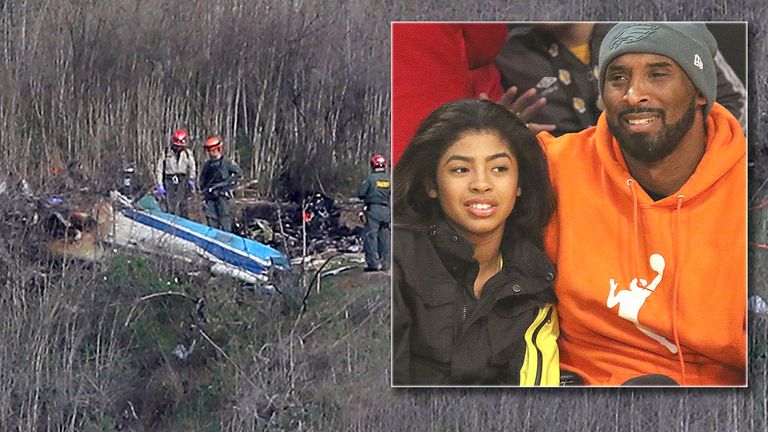Physical Address
304 North Cardinal St.
Dorchester Center, MA 02124
Physical Address
304 North Cardinal St.
Dorchester Center, MA 02124

On January 26, 2020, the world was stunned by the tragic news of a helicopter crash in Calabasas, California, that claimed the lives of nine individuals, including NBA legend Kobe Bryant and his daughter Gianna. The incident not only led to an outpouring of grief from fans and fellow athletes but also sparked a comprehensive investigation to determine the causes of the crash.
The crash occurred on a foggy Sunday morning as Bryant and the other passengers were en route to a youth basketball game. The sudden news of the helicopter careening into a hillside sent shockwaves around the globe, prompting immediate media coverage and public mourning. The group on board included some of Bryant’s closest acquaintances and their children, all of whom were connected through the world of youth basketball.
In the weeks following the tragedy, the National Transportation Safety Board (NTSB) took the lead in investigating the crash. Their findings revealed a complex interplay of adverse weather conditions and questionable decision-making. The pilot, Ara Zobayan, had been flying under special visual flight rules despite the challenging foggy conditions, which ultimately may have disoriented him, leading to the fatal descent.
The helicopter, a Sikorsky S-76B, was noted for its robust safety features and had been used by Bryant frequently for travel. However, on this ill-fated day, the absence of crucial equipment like a terrain awareness and warning system (TAWS) and a flight data recorder, commonly known as a black box, significantly hampered the investigation.
Weather conditions on the morning of the crash were less than ideal, with heavy fog and low visibility reported in the area. This weather scenario posed a significant challenge for flying, especially under visual flight rules where the pilot relies heavily on sight. The NTSB’s meteorological report highlighted these conditions, suggesting they were a critical factor in the crash.
Ara Zobayan, an experienced pilot with over 8,500 flight hours, was at the controls that day. Despite his experience, the NTSB suggested that Zobayan might have experienced spatial disorientation due to the fog, a condition where pilots cannot correctly perceive their position in space, confusing whether they are ascending or descending.
The investigation also touched on the concept of “continuation bias,” where the pilot might have felt pressured to complete the flight to its intended destination despite the deteriorating conditions, a decision that has been scrutinized heavily in the aftermath of the crash.
The crash not only led to profound sorrow but also initiated a series of legal actions. Vanessa Bryant, Kobe’s widow, and families of other victims filed lawsuits against the helicopter company and the pilot’s estate, citing negligence. These legal battles aim to address and possibly reform the protocols for flight safety, especially concerning flying in adverse weather conditions.
The NTSB’s final report, while not legally binding, offers recommendations that could influence future FAA regulations and potentially lead to more stringent safety standards for helicopter flights, particularly regarding the use of TAWS and other modern navigation aids.
Kobe Bryant’s untimely death has left a void in the world of sports and beyond. Memorials and tributes continue to commemorate his legacy as a basketball icon and a devoted father. The site of the crash has become a place of reflection for fans and family members alike, symbolizing the collective mourning of a beloved public figure.



